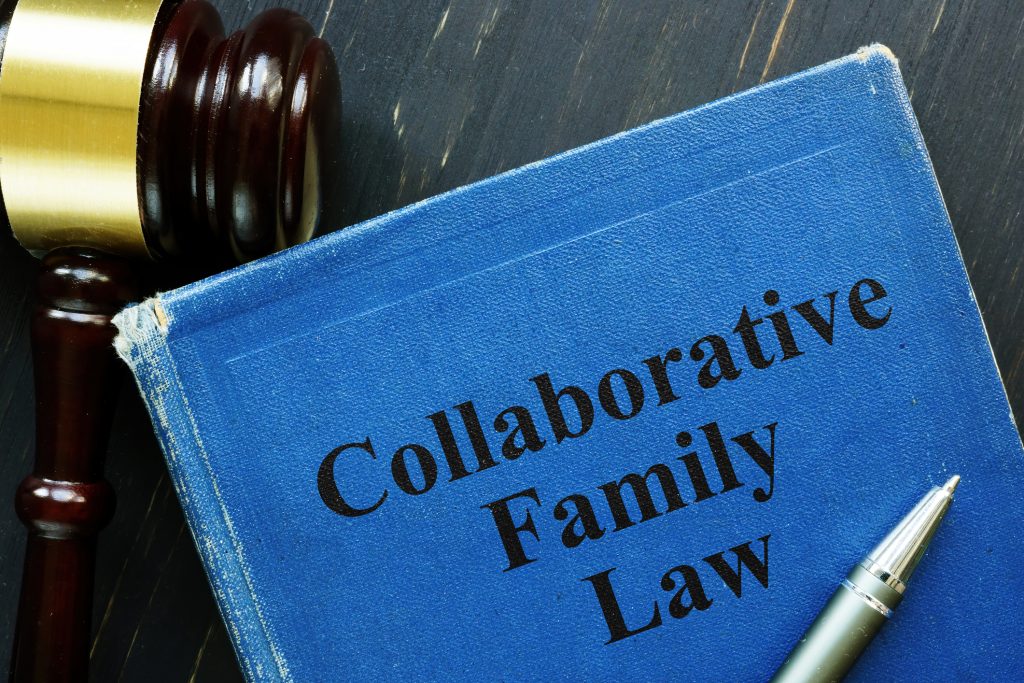Facts
Facts about Collaborative Divorce
Origin
Collaborative Law was created by Stu Webb, a Minnesota Lawyer, in 1990. In this approach, two lawyers act as advocates for their clients while working together as a team to help clients reach a mutually satisfactory settlement and stay out of court.
Around the same time, a group on the West Coast, which included Peggy Thompson, a psychologist, was exploring the use of non-lawyer specialists in divorce teams.
Eventually these two streams merged under the term ‘Collaborative Practice’, which acknowledges the use of lawyers alongside non-lawyers for optimal results.
An Age-Old Approach
Collaborative principles were used to settle disputes long before the court system evolved. Previous to the rise of ancient empires, tribal societies often resolved disputes by talking them out in a circle to reach consensus.
With the advent of empires, top-down rulership by an emperor became the model for top-down decisions by a judge. Two sides debate, then the judge decides—with a winner and a loser.


Challenges of Divorce Court
The adversarial nature of litigation can turn parents against each other. This conflict can injure children, parent-child relationships, and co-parenting. It can lead to hardened positions, long delays, higher costs, and a less satisfactory outcome.
Areas of Practice
Besides divorce, Collaborative Practice can be used for drafting prenuptial agreements, managing family businesses, creating trusts, and settling family estates. Applications outside of family matters include business and employment.
Alternative Dispute Resolution
Alternative Dispute Resolution (ADR) refers to any process that does not use litigation to achieve settlement. Along with collaborative practice, ADR includes mediation, arbitration and restorative justice among others.
Peace
Collaborative Divorce is sometimes grouped with a variety of other processes that seek peaceful means to resolve conflict, whether on a personal, communal or societal scale.
Collaborative Team
The Collaborative Divorce team always includes two attorneys, and usually, one or two specialists. Each lawyer acts as an advocate for their client; the specialists, termed neutrals, work equally for both clients.


Creativity
Collaborative Divorce describes the guidelines that courts use to make divorce decisions. While it is helpful to know these guidelines, in Collaborative Divorce, clients are free to craft their own agreement. Creative brainstorming and out-of-the-box solutions are welcome.
Positive Outcomes
People are usually happier with an agreement they design themselves and more likely to adhere to it.
The cost of the collaborative process is usually no higher than litigation, and often lower.
Research by the International Academy of Collaborative Professionals (IACP) has shown that including one or two neutral specialists on a collaborative team significantly contributes to client satisfaction in the process.


Safeguards
Each client has their own lawyer to provide support and guidance and to protect their interests. This keeps the process balanced.
No information shared during the process can be used against a client if they later go to court.
Organizations
The Collaborative Law Association of the Rochester Area, Inc. (CLARA) is the official member organization for collaborative professionals in the Rochester region. CLARA is a recognized local chapter and practice group of the International Academy of Collaborative Professionals (IACP).
Training and Ethics
Collaborative Practice requires specific training and is guided by its own ethical standards.


Statutes
As of 2021, 21 states have passed statutes that adhere to the Uniform Collaborative Law Act (UCLA). Many other states are in the process of introducing similar legislation. All states have professionals who practice Collaborative Divorce.

